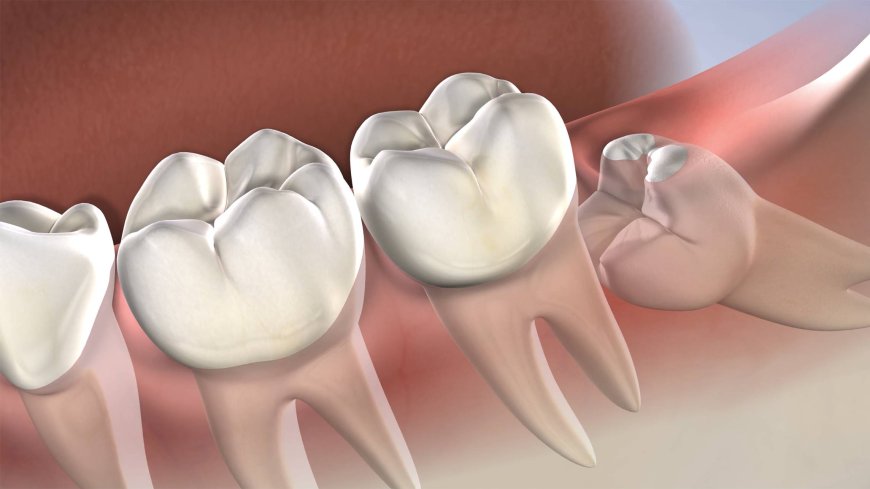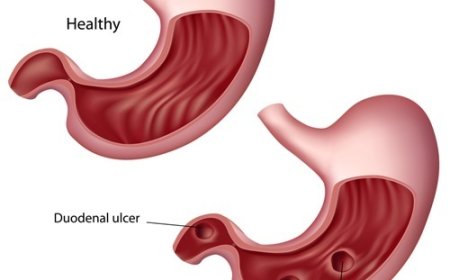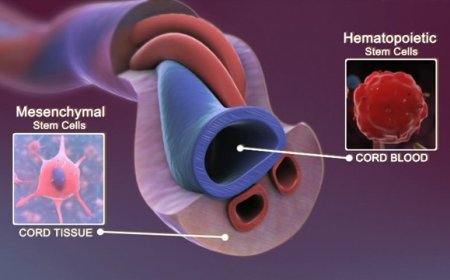wisdom Tooth Removal

Introduction:
Hey there, young explorers! Today, let's dive into the fascinating world of wisdom teeth and the removal process. We're specifically talking about India, where smiles are abundant, and wisdom teeth can sometimes cause trouble.
Signs and Symptoms:
Imagine you're a little older, around 17 to 25 years old, and suddenly, you start feeling discomfort in the back of your mouth. That's when your wisdom teeth may be coming in. Signs you might notice are:
- Pain and tenderness: You could feel pain or tenderness in your gums or jaw.
- Swelling: The area around your wisdom teeth might get swollen.
- Bad breath: If there's not enough space for these teeth, they can become difficult to clean, leading to bad breath.
- Headaches: Wisdom teeth troubles can sometimes cause headaches too.
What Is Wisdom Tooth Removal?
Wisdom tooth removal, also known as wisdom tooth extraction, is a dental procedure to remove one or more wisdom teeth. Wisdom teeth are the last molars at the back of your mouth and usually appear in late teens or early twenties.
How Is Wisdom Tooth Removal Classified?
Wisdom tooth removal can be classified into two categories:
- Simple Extraction: This is done when the tooth is visible above the gum line and can be easily removed by a dentist.
- Surgical Extraction: This type is performed when the wisdom tooth is not fully grown, impacted, or stuck in the jawbone. It requires a small surgery to remove it.
Causes and Triggers:
Now, why do wisdom teeth cause so much trouble? Back in the day, our ancestors had larger jaws, and these extra molars were useful for chewing hard foods. But as we evolved, our jaws became smaller, leaving less room for these last molars to grow in properly. As a result, they can become impacted (trapped in the jawbone) or grow at awkward angles.
Risk Factors with Examples:
Some people might experience more wisdom teeth issues due to factors like:
- Jaw Size: If your jaw is small, there might not be enough space for the wisdom teeth to grow in comfortably.
- Positioning: Sometimes, the angle at which the wisdom teeth grow can lead to complications. For example, if a wisdom tooth grows horizontally, it can press against other teeth, causing pain.
Types of Wisdom Tooth Removal:
- Simple Extraction: In this type, the dentist will use special tools to gently loosen the tooth and remove it from the gum.
- Surgical Extraction: This type is performed by an oral surgeon. They make a small incision in the gum to access the tooth, and if needed, the tooth may be divided into smaller pieces for easier removal.
Diagnostic Tests and Treatments:
Before removing a wisdom tooth, the dentist or oral surgeon may perform some diagnostic tests, such as:
- X-rays: These are pictures of your teeth that help the dentist see the position of the wisdom tooth and determine the best approach for removal.
Complications of Wisdom Tooth Removal:
Wisdom tooth removal is usually safe, but there can be some potential complications, such as:
- Dry Socket: Sometimes, the blood clot that forms after extraction can dislodge, leading to a painful condition called dry socket.
- Infection: Infection may occur in rare cases if the area is not kept clean after the procedure.
Prevention Techniques:
While we can't prevent the growth of wisdom teeth, there are ways to minimize problems:
- Regular Dental Checkups: Visiting the dentist regularly helps catch any potential issues early on.
- Good Oral Hygiene: Proper brushing and flossing keep the teeth and gums healthy, reducing the risk of infection.
So there you have it, young adventurers! Wisdom tooth removal is a common dental procedure that can help keep your smile healthy and bright. Remember to take care of your teeth and visit your dentist regularly to keep your oral health in check. Happy smiling!
What's Your Reaction?
 Like
0
Like
0
 Dislike
0
Dislike
0
 Love
0
Love
0
 Funny
0
Funny
0
 Angry
0
Angry
0
 Sad
0
Sad
0
 Wow
0
Wow
0








































































